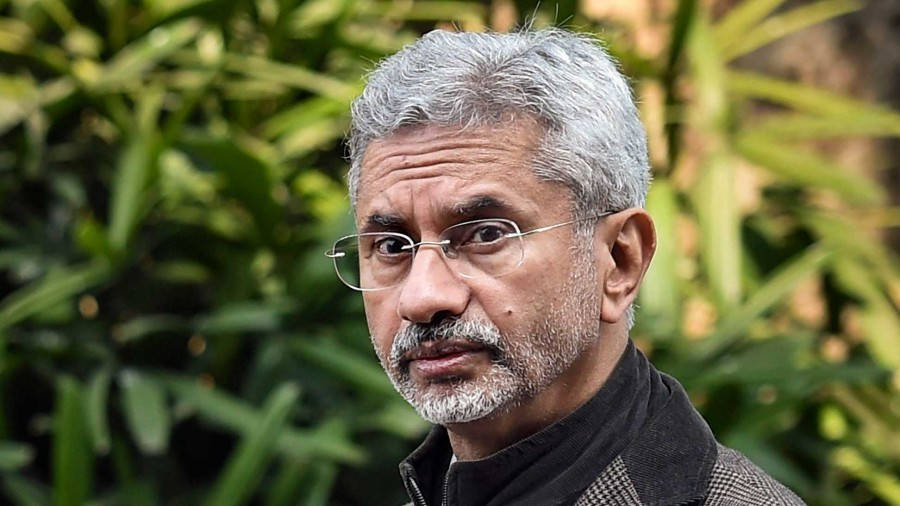Recently, the idea of promoting gender considerations in the foreign policy discourse has gained traction. This is pertinent, taking into consideration the growing influence of the global South in refurbishing the pathways to sustainable development. In fact, gender is not a standalone issue but a collective priority shared by the 17 sustainability targets. In this context, development partnerships are considered to be pivotal in forging effective alliances and bridging the gap between partners and agencies.
India’s development cooperation has multiplied. It has partnered fellow developing countries utilising a budget of $7.66 billion. During the surge in Covid-19, India’s vaccine diplomacy campaign, ‘Vaccine Maitri’, placed it on the global geopolitical front as the ‘first responder in emergency situations’. Although New Delhi is opening alternative modes of financing, there is a need to include gender as a distinct objective in its interventions. This can be discerned from the statement made by India’s external affairs minister, S. Jaishankar, at the BRICS Academic Forum in 2021 in which he argued that Narendra Modi’s appeal for a human-centric globalisation is closely related to the broader inequalities that existed way before the pandemic entered the global scene. To achieve ‘development through diplomacy’, India’s development cooperation should not only emphasise on but also put into practice its human-centric aspect. Although India’s Development Partnership Administration has described its approach as ‘human-centric’, it needs to streamline gender objectives in its initiatives. For instance, it has been observed that the potential contribution of the female population towards triggering the economic growth engine remains undervalued.
Increasing social resilience of the communities is a longterm strategic goal that India’s development cooperation must accentuate. This not only includes promoting women’s rights but also the inclusion of the marginalised sections to create parity across platforms. Moreover, a gendered dimension in development cooperation is linked with socio-economic progress on a long-term scale. Incidentally, the sustainable development agenda lays down gender equality as a holistic and interconnected goal to be realised across the SDG targets.
Several countries, including Canada and Germany, have released their Feminist Foreign Policies; India is yet to come up with one. However, there are reservations regarding FFPs. As Amrita Narlikar points out in her critique of the German FFP, FFPs should not only be about including women in policy debates but also other ethnicities, races, and diverse voices from the background. In fact, FFPs need to be non-anthropocentric, she argues, where we pay “... attention to the rights of animals and forests”, fulfilling our moral responsibilities towards nature. This, in turn, facilitates climate change mitigation.
It is essential to utilise ‘intersectionality’ as a tool to pave the way for an inclusive foreign policy and build robust development partnerships. This can lead to transparent and effective policy dialogues among the various stakeholders. India must bolster the conversation on ‘inclusiveness’ by mobilising funds towards gender sensitisation programmes, resilience training (on climate change adaptation and mitigation) of the marginalised, wildlife protection strategies and so on. This would be possible if these objectives are included by design and not as a consequence.











